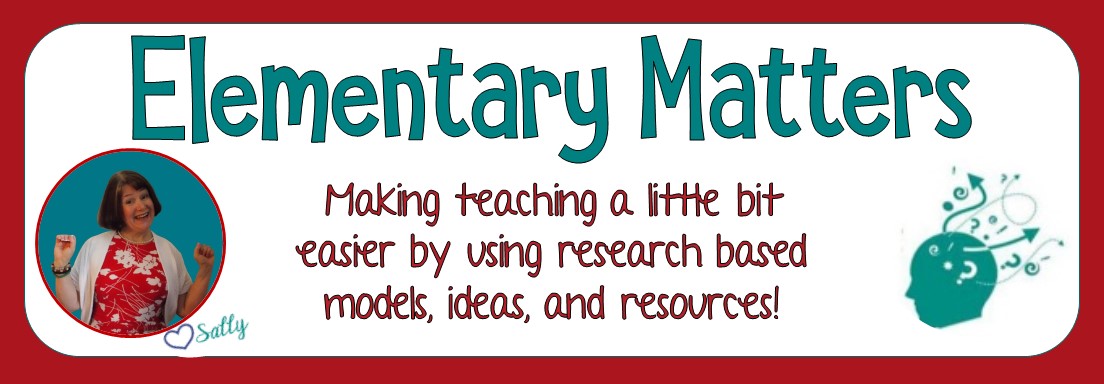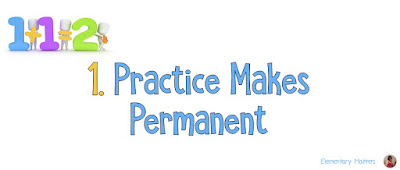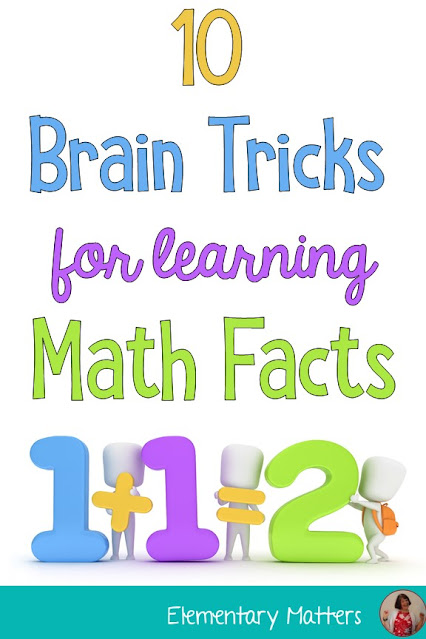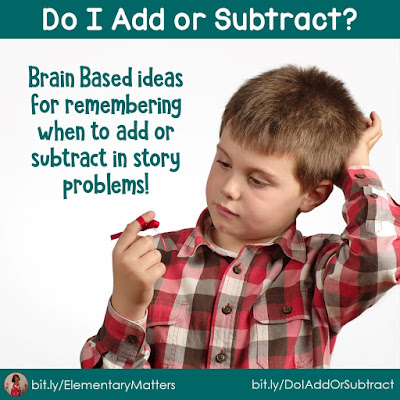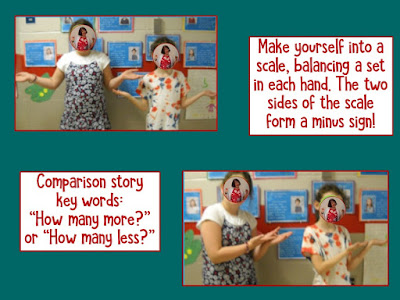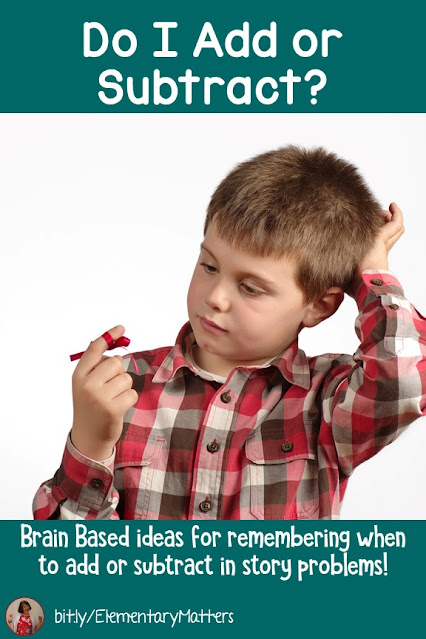I've been fascinated by the brain for years now. I've read about how the brain works, and the best ways to help children learn. I've applied this knowledge to my teaching and have had fabulous results!
These are some of the things I've learned about the brain!
Let's see how they relate to learning Math Facts!
We know that “Practice Makes Perfect” is a fallacy since we know if
a child practices something incorrectly, he learns it incorrectly. Whatever they practice needs to be accurate
so the child learns it correctly. (I’m
sure you know how hard it is to break a bad habit!) When practicing facts, it's important that the child practices the correct answer. Either have the correct answer on the back of flashcards, or have the child practice with someone who knows the answers!
This goes with the first idea: the kiddos need to know if they're getting the answer correct. If they are not, they need to know right away so they will practice it correctly.
Brains are much more likely to remember something if the learner
uses more than one process. If the
children are looking at the fact, saying the fact out loud, and moving
manipulatives on the tens frame, they are more likely to remember the
information than if they just looked at it. Another idea, stating the fact while jumping on one foot, or while doing jumping jacks.
When children work together,
they are keeping the brain happy. Social
interaction is HUGE when it comes to learning! This is one reason why games are great for learning math facts!
A little healthy competition gets the blood moving, bringing oxygen
to the brain and helping the memory do its thing. This is another reason why games are great for practicing facts!
When the kids practice facts, it's a good idea to put fact families together: 4+7=11 7+4=11 11-4=7 11-7=4 or 3x6=18 6x3=18 18÷6=3 18÷3=6 This really helps the kiddos make the connections in the brain!
If it's possible color code copies of facts by fact families.
The brain really focuses on color, and helps make those connections!
This is why it's not a good idea to give the kiddos too many facts to study at a time. Start with just a couple of families, and build from there!
It is suggested that children spend 5 minutes a day, every day, rather than a half-hour once a week. It's actually less time, but it's more productive!
It is recommended that background music is played during practice
times. This is a good time for a piece of classic music, not rock music or anything with lyrics.
Hope this list helps your kiddos learn their facts!
This resource makes it clear just how many facts the children need to master!
It just so happens I have a set of addition and subtraction facts to practice that follow almost all these brain rules, (you have to supply your own music) and even has a few brain breaks worked in! See here if you're interested:
Update: Due to popular demand and success with the above set of addition and subtraction facts, I'm made a new version to practice and assess multiplication and division, which you can find here:
